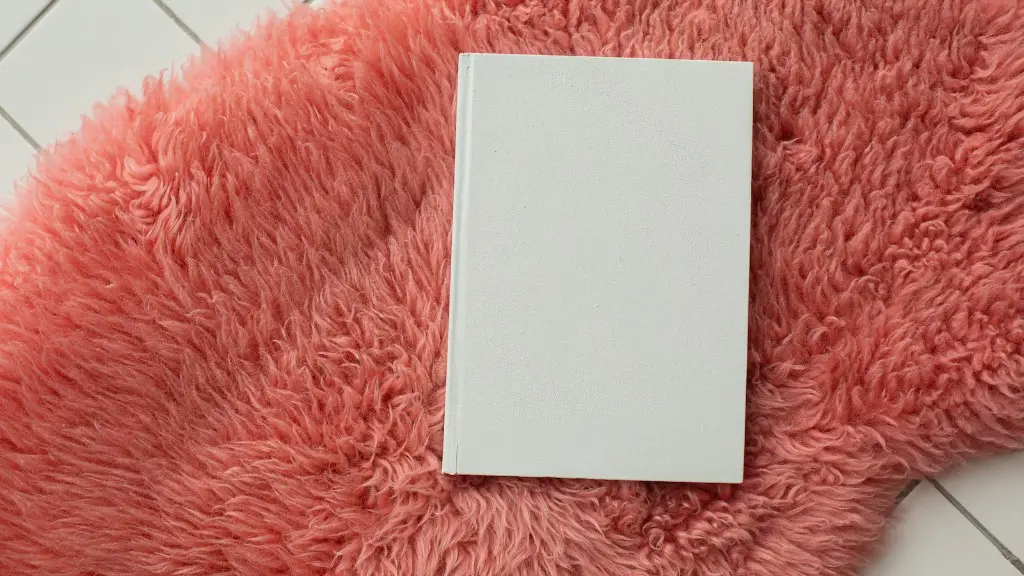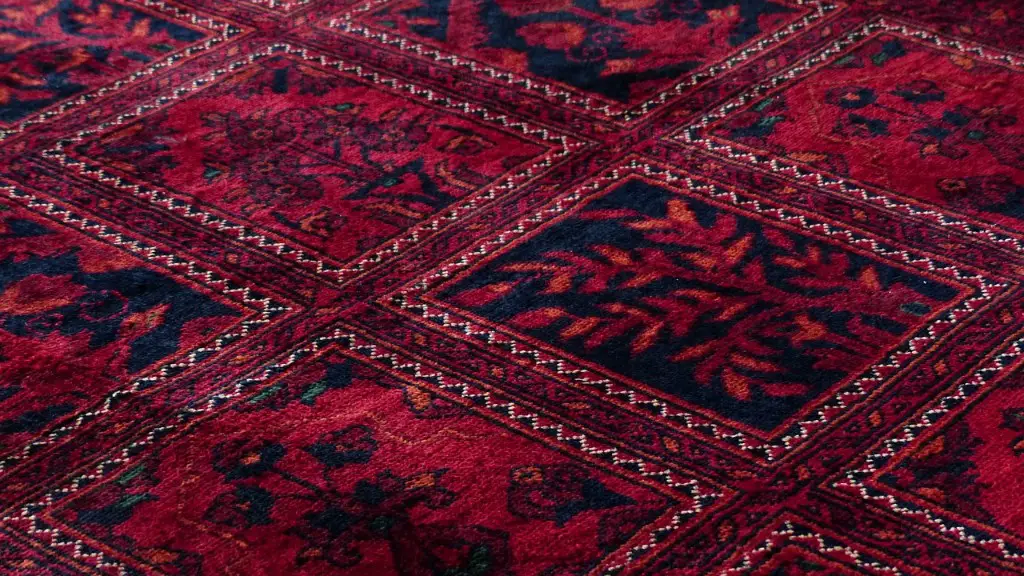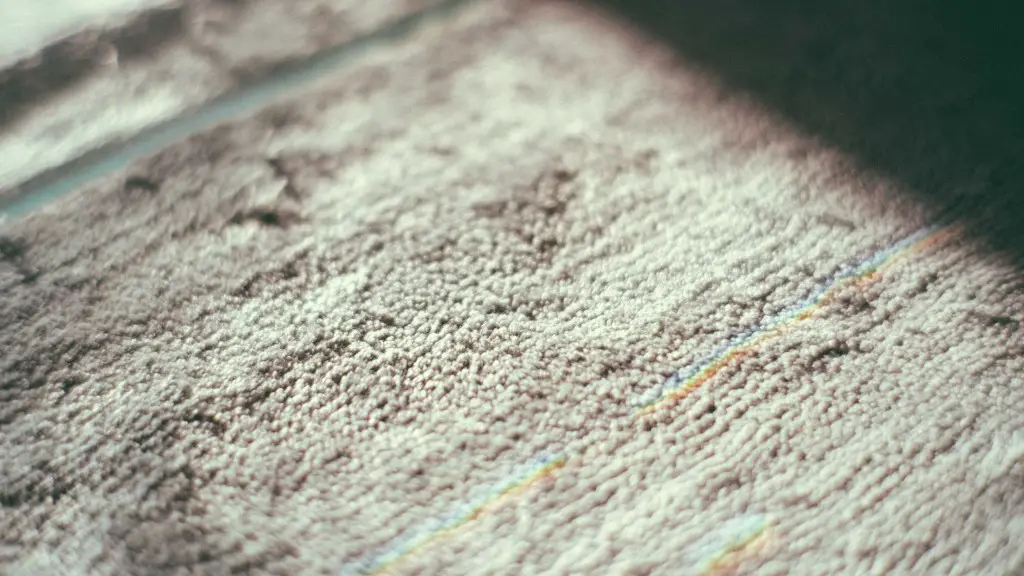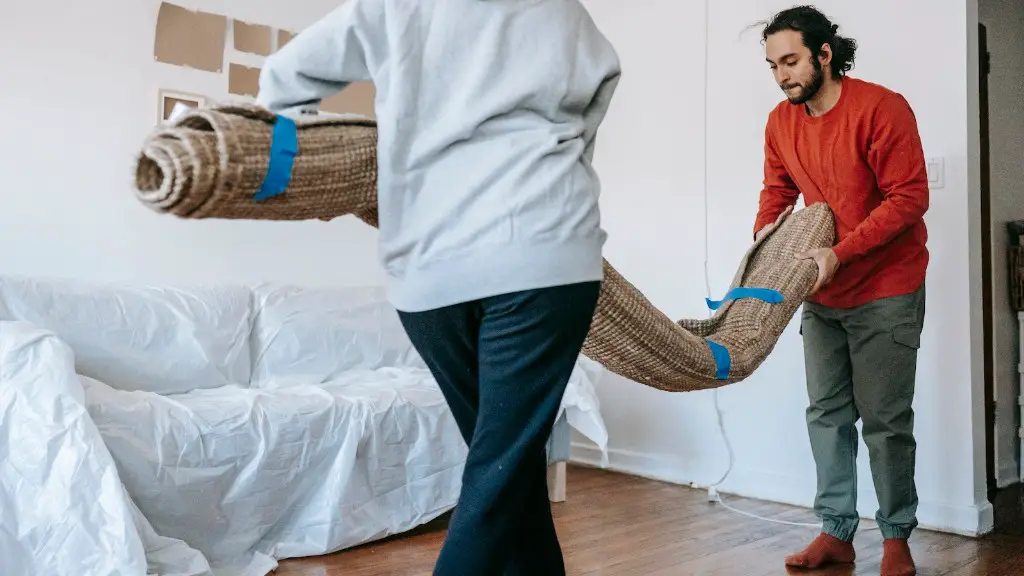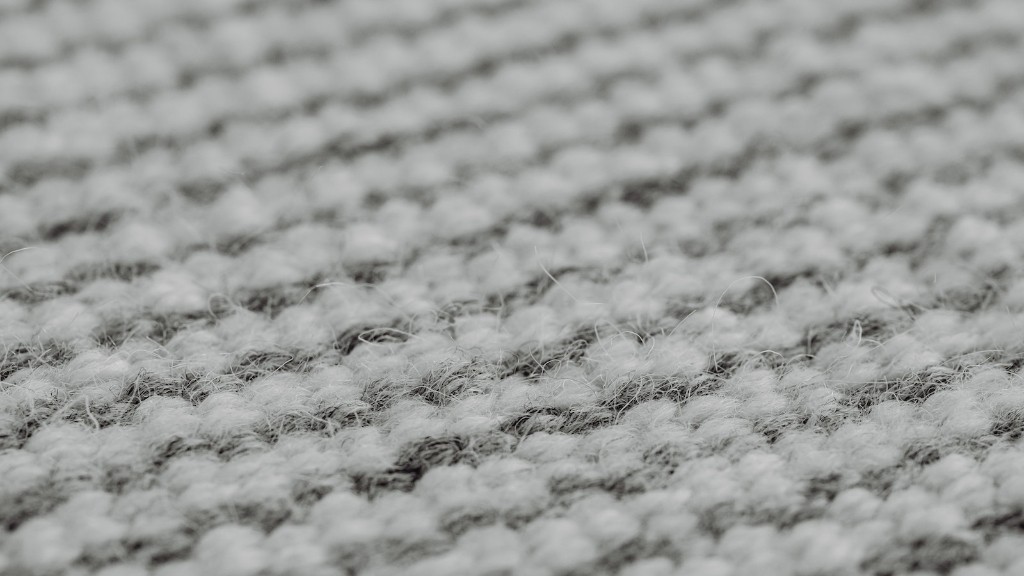If you or a family member suffer from allergies, you may have considered removing the carpet from your home. Allergies are caused by a reaction of the immune system to a foreign substance, such as pollen, dust, pet dander, or mold. Carpets can be a breeding ground for allergens, and removing them can help to improve allergies. There are a few things to consider before removing your carpet, such as the type of flooring underneath and the cost of replacement.
There is no definitive answer to this question as it depends on the individual’s allergies and what triggers them. For some people, removing carpeting may help to lessen allergy symptoms, while for others it may have no impact or even make them worse. If you suffer from allergies, it is best to consult with an allergy specialist to determine what steps you can take to lessen your symptoms.
Should you remove carpet if you have allergies?
If you have allergies or asthma, you may be allergic to the materials used to construct carpeting. Removing your carpet may be your best option. Talking with an allergist can also help.
If you have asthma, it is important to be aware that carpeting can be a reservoir for allergens that can trigger an asthma attack. Carpeting in the bedroom can be especially problematic because you are exposed to carpet dust throughout the night. To reduce your risk of an asthma attack, try to keep carpeting to a minimum in your bedroom and vacuum regularly to reduce the amount of dust in the air.
Does removing carpet reduce dust
Rugs and carpeting are some of the biggest dust producers in your home. They harbor dust and dirt, and the fuzzier they are, the more they attract. Getting rid of them is a great way to reduce the amount of dust in your home.
If you suffer from allergies, the same mold and dust mites that can inflame your lungs can also give you red eyes or a runny nose. Buildup in your carpet can easily trigger an allergy attack or make your day-to-day life just a little more unpleasant.
Should you wear a mask when removing carpet?
When working with old carpet, it is important to take precautions to avoid inhaling dust or coming into contact with harmful materials. Wear a dust mask to avoid inhaling dust, and protective gloves to protect your hands from staples, cutting the carpet, and handling tack strips.
It is always best to consult a professional when cleaning carpets, as they will know what method is best for the type of carpet you have. That being said, wet-vacuum cleaning and steam cleaning are both great options for removing allergens from carpeting. Wet-vacuum cleaning actually washes the carpet, which does a great job of removing any dirt, dust, or other allergens that may be clinging to the fibers. Steam cleaning is also a great option, as the heat of the steam will kill any dust mites that may be present.
Can carpet make you congested?
There is no scientific evidence to support the claim that carpet flooring is associated with coryza/rhinitis, nasal congestion, nausea, itching (face/hands), or eczema.
If you experience any of the above symptoms after coming into contact with a carpet, you may be allergic to it. Allergies to carpeting are fairly common, as carpets can contain a variety of chemicals and other materials that can cause an allergic reaction. If you think you may be allergic to your carpet, see an allergist for testing and treatment.
How often should you vacuum your carpet if you have allergies
Vacuuming once or twice a week is a good way to help keep your home free of allergens. Be sure to use a vacuum with a HEPA filter, as some allergens are so small that they can pass through a regular vacuum filter. This means that every time you vacuum, you could be sucking them off the floor and shooting them into the air, where you breathe them in.
When it comes to dust levels in a room, carpet and upholstered furniture can be a big problem. Dust can quickly build up on these surfaces, making it difficult to keep the room clean. To help keep dust levels down, be sure to vacuum carpets and rugs regularly (with a clean filter on your vacuum) and wash bedding often. This will help keep the dust from building up and making the room difficult to keep clean.
Why you should remove your carpet?
Carpeting can be a haven for allergens and can negatively affect the health of your family if not properly maintained. Allergens such as mold, dirt, pet hair and dander, pollen, and dust can all accumulate in carpets and cause health problems for people with allergies. Even if you regularly clean your carpets, they may still be harboring allergens that can cause problems for your family. If someone in your family has severe allergies, it may be best to remove the carpet and opt for a different flooring option.
Carpet has come a long way over the years and today, it typically has a lifespan of 5 to 15 years. The lifespan of a carpet depends on many factors, such as the type of carpet, carpet cushion, carpet fibers, and the amount of wear and tear it is exposed to.
Why am I always congested in my house
There are a few reasons why your room might feel stuffy. The big picture is that air isn’t circulating properly, which can be caused by a number of things.
For example, stuffed animals, heavy curtains, and clutter can block vents and prevent air from circulating. If your home has poor insulation, that can also contribute to stuffy, stale air. And finally, a worn-out HVAC system can also struggle to circulate air properly.
If your room feels stuffy, take a look around and see if you can identify any obstacles to airflow. If you can’t, it might be time to call in a professional to take a look at your HVAC system.
If you are suffering from any of the above mentioned symptoms, it is possible that your carpet is harbouring allergens. You should have your carpet professionally cleaned to remove any potential allergens and improve your symptoms.
What to do after ripping up carpet?
When you’ve removed all the carpet and padding, use pliers to remove all the staples. Cut the padding into strips and roll it up, just as you did with the carpet. If the floor is concrete, the padding will be glued in place, so you may need to use a floor scraper to remove all the pieces.
Removing a carpet can be a big project, but it’s definitely doable if you’re prepared. Here are the steps you’ll need to take:
1. Clear the space and put on your protective gear. Start by removing all the furniture from the room, then take down any doors that open into the room, including bi-folds.
2. Detach the carpet from the tack strip. Cut the carpet into strips.
3. Remove the carpet pad. If necessary, remove the tack strips.
4. Dispose of the carpet and all associated materials properly.
Final Words
Carpeting can harbor dust mites, mold, and other allergens, so removing it can help reduce your allergies. If you have wall-to-wall carpeting, you may want to consider replacing it with hard flooring, such as hardwood, tile, or laminate.
While there is no guarantee that removing carpet will help allergies, it is worth a try for those who suffer from allergies and have carpet in their home. Carpet can harbor dust mites, pollen, and other allergens, so getting rid of it may help to lessen allergy symptoms. Even if it does not completely eliminate allergies, removing carpet can help to reduce exposure to allergens and make life more bearable for those who suffer from allergies.
